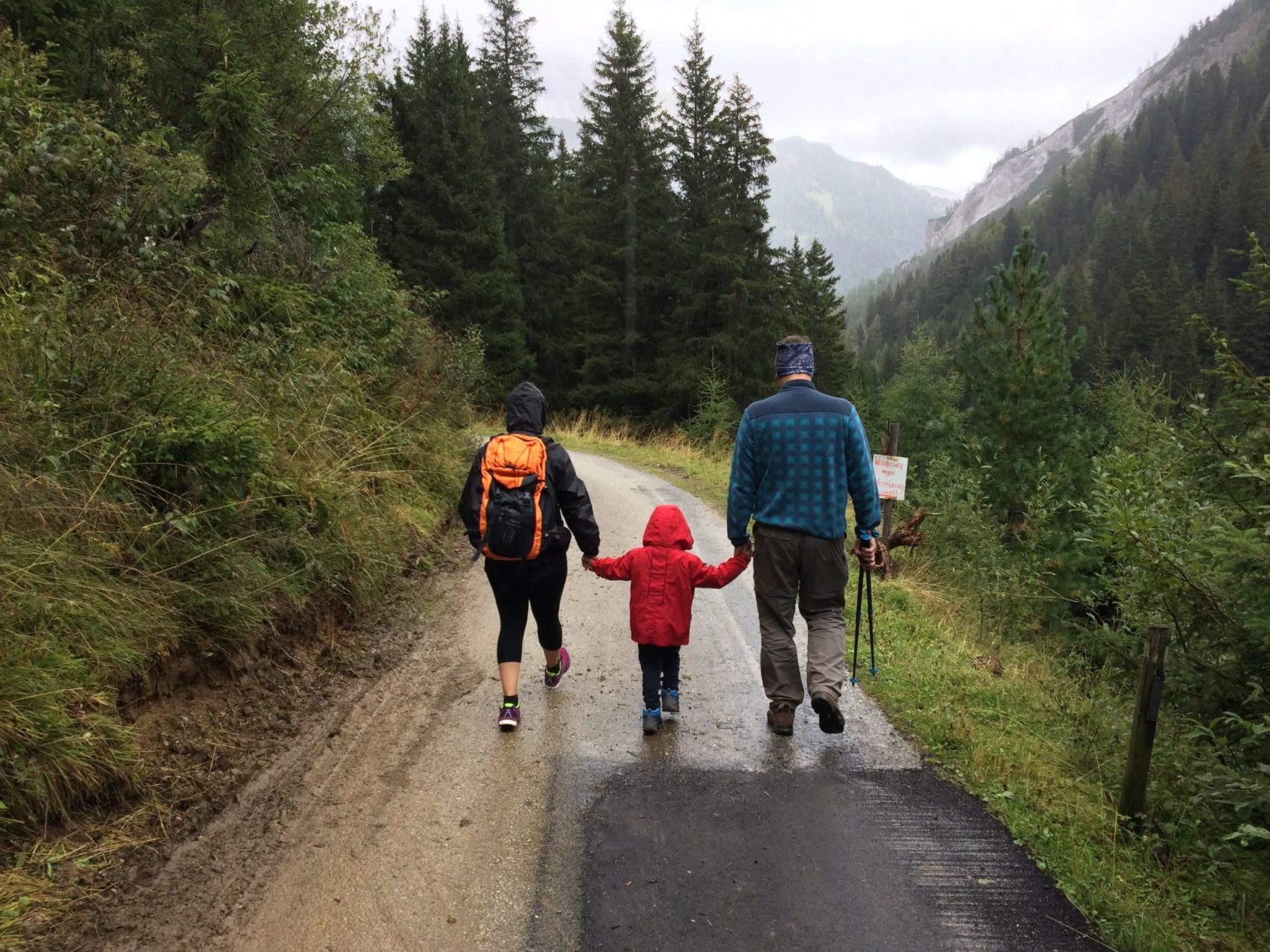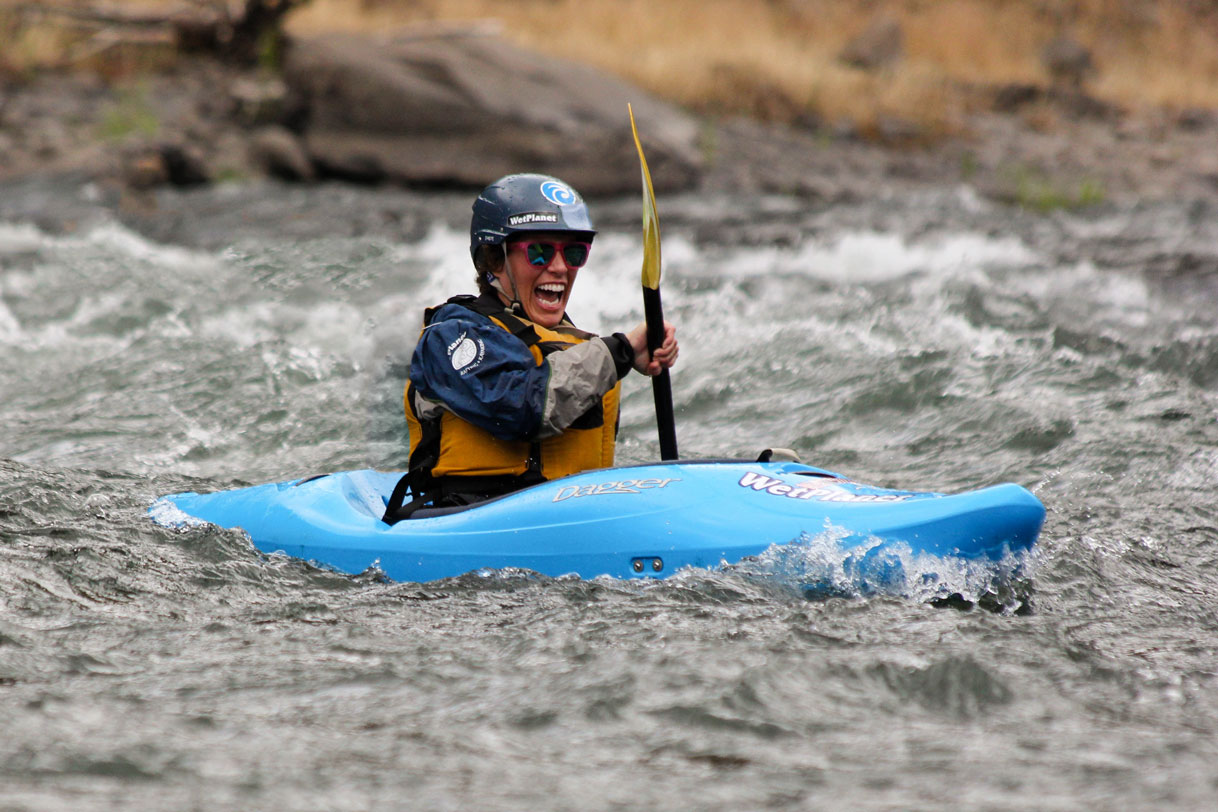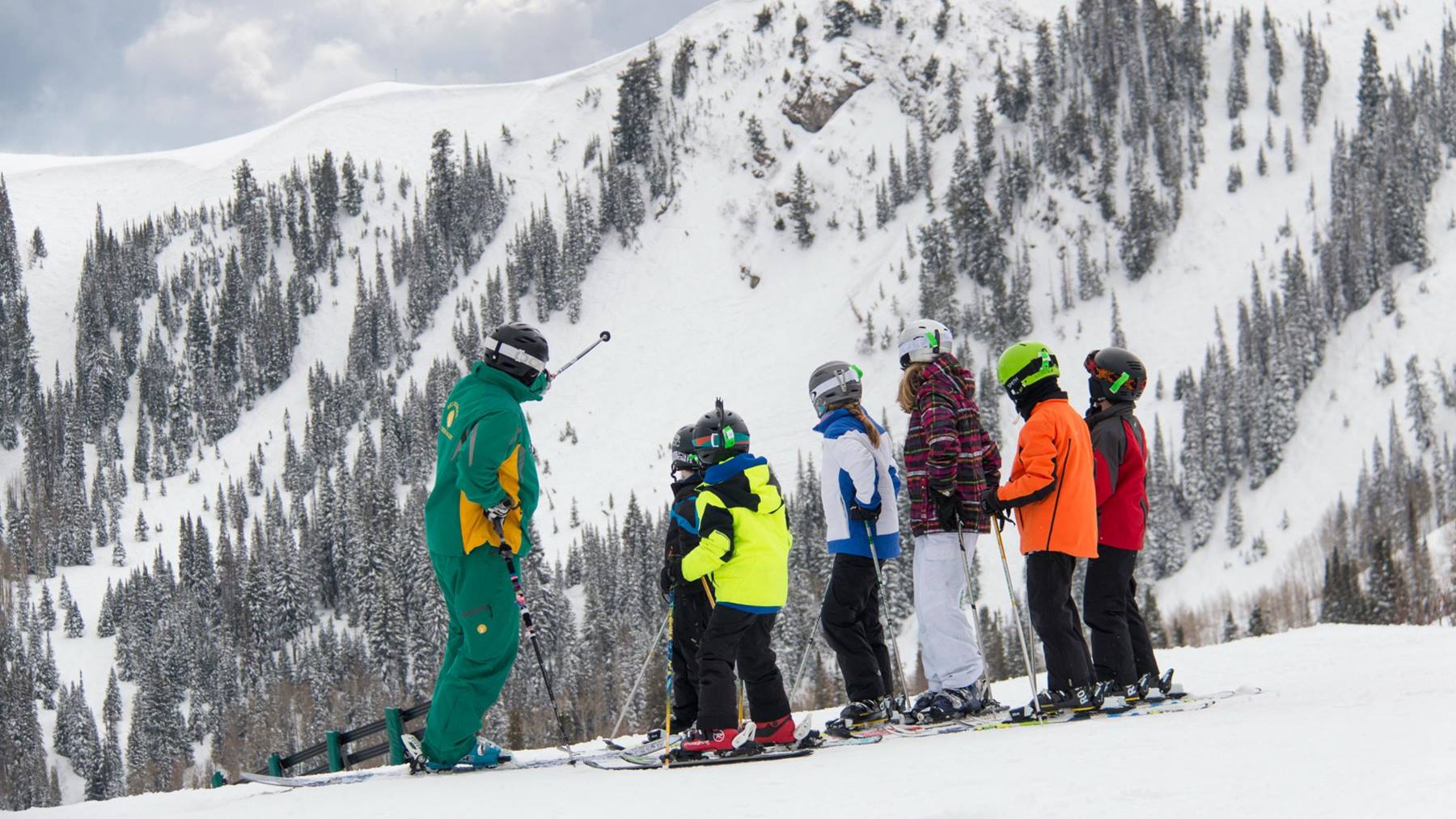
Earlier this year, the Outdoor Foundation released a report highlighting that fewer Americans are recreating outdoors*. In fact, only about half of the US population played outside in 2018.
The study shows that: there were 1 billion fewer outings in 2018 than in 2008; less than 20% of people in the country get outside more than once a week; 63% of people access the outdoors within 10 miles of their home; and children went on 15% fewer outdoor adventures compared than in 2012. Also in 2018, National Park sites saw a 3.8% decrease in visitation compared to the previous year.
There are numerous studies that highlight the importance of spending time outdoors. One comprehensive study suggests that people who spend time outside, and even those who live near greenspaces, have reduced rates of type 2 diabetes, high blood pressure, cardiovascular disease, premature births, and stress.

The benefits of time outside are clear. And more land is conserved every day, thus there are more places to recreate outdoors. So why the decrease in participation? Money can certainly play a role. Many outdoor pursuits have an extremely high financial barrier to entry. But record-high lift ticket prices did not stop swarms of people from descending upon Vail on a powder day. So are outdoor pursuits limited only to those with disposable income? The Outdoor Foundation does not provide such data in their report and it would be interesting to see how outdoor participation correlates to income. Walking, for example, has no direct cost, save the opportunity cost of potential income sacrificed by not working during that time.
The Outdoor Foundation notes that it is more difficult for people in urban environments or areas with fewer transportation options to access the outdoors. And they are working to change that through community initiatives as well as policy at local, state, and federal levels.
During my time working in outdoor education, I noticed a trend that surprised me: many kids do not know “how” to play outside. I overheard many more conversations about video games, social media, and memes than I did about sports, playground games, or exploring the woods. Though just a case study of one, the kids I worked with are spending less time outside than I or my friends did just a generation before.

There is also a positive observation of my time spent bringing kids outside, which is that they gain an appreciation of the natural world. In many cases, students did not recognize how little distance they had to travel from their homes to be in nature. And I do not believe this observation is unique only to students I worked with. Keith Crowley is the Director of Education Partnerships at Chewonki, one of 7 residential environmental learning centers in Maine. He oversees three programs at Chewonki that collectively cater to over 27,000 students from 450 schools around New England. Speaking of residential environmental education, he notes that “students will walk away having had the opportunity to develop and showcase life skills and competencies that aren’t always apparent within a 4-walled classroom. Our children will be challenged to both lead and follow, push themselves into new situations, ask important questions about ecosystems, play an active role in meal preparations and see themselves as capable in the outdoors and in other settings.” And hopefully, they will further pursue time outdoors afterward.
So get your kids outside. I truly believe that doing so, and returning to a culture of allowing kids to explore, get dirty, and interact with the living things in their backyard will reverse the trends that the Outdoor Foundation are reporting.
*The Outdoor Industry Association conducts an annual review of outdoor participation trends. They survey 40,000 participants about 114 different outdoor pursuits.